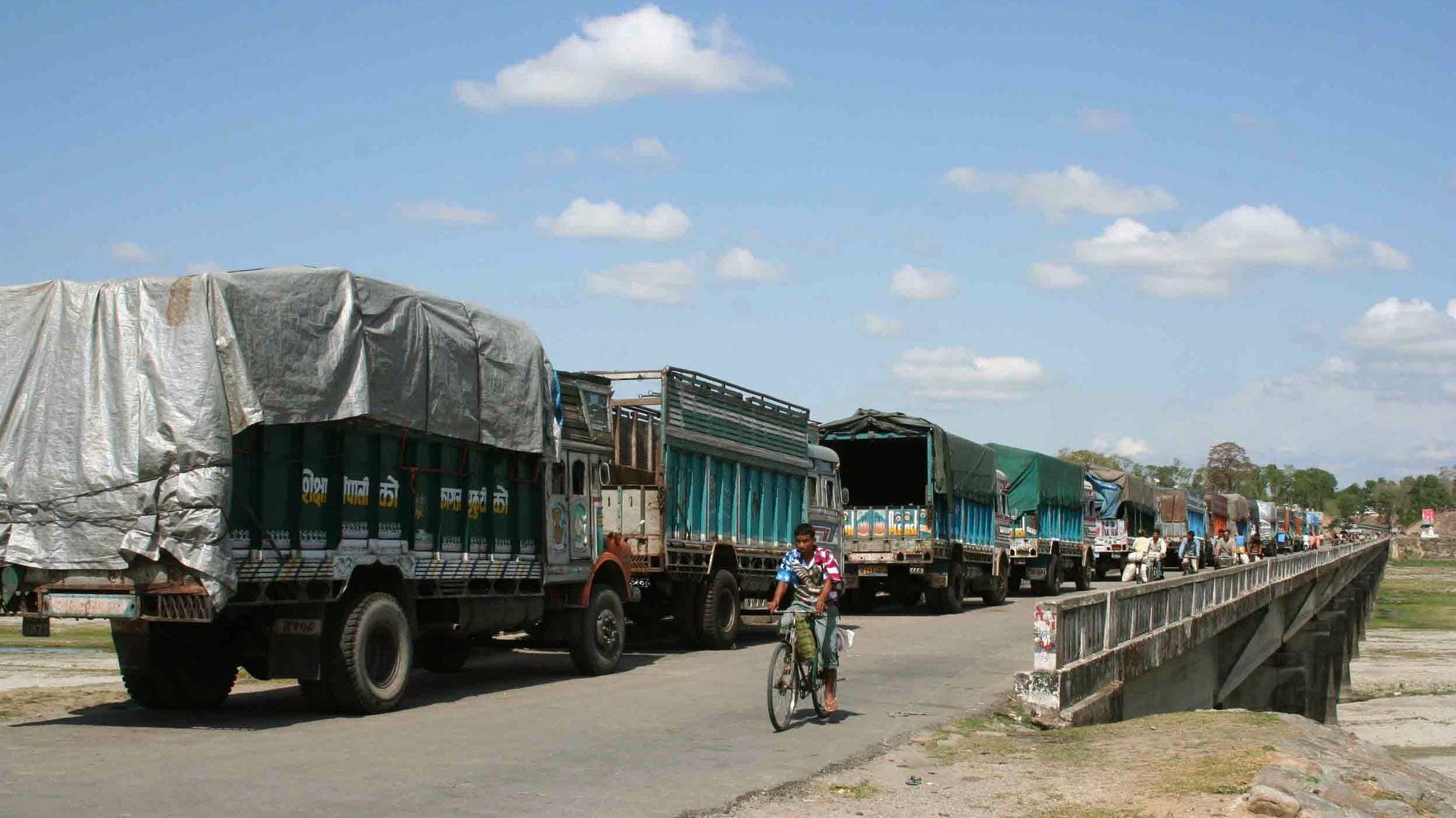Bangladeshis and Nepalis shop on Indian e-commerce sites via friends, family, and border shops
A desi jugaad is helping India’s e-commerce boom cross over to neighbouring countries.


A desi jugaad is helping India’s e-commerce boom cross over to neighbouring countries.
People in Bangladesh and Nepal are shopping on Indian e-commerce websites and leveraging migrant workers to get deliveries of their orders, according to a new World Bank paper.
“In many cases, networks of families and friends browse Indian websites and instruct a member of their social circle visiting India to make the purchase,” the report said. These people order online from Indian e-commerce platforms and carry the products back with them to their home countries.
Friends and family aside, informal agents like retailers along the border in cities such as Kolkata and Malda in West Bengal, make online purchases on behalf of Nepalese and Bangladeshi citizens for a small fee, the World Bank researchers found. They hold the item in their shop until the buyers pick it up.
Hordes of people travel across India’s borders frequently for healthcare, education, tourism (including religious tourism), and business. One in every five tourists in India is Bangladeshi—in 2017 alone, there were over 2.1 million of them. Over four million Nepalis, too, are studying and working in India.
No right route
Official cross-border e-commerce figures are still hard to track, and where available, they’re low. Take, for instance, the volume and values for bilateral small shipments between India and Bangladesh by DHL (both business-to-consumer and business-to-business).
Low “de minimis” limits, above which exporters have to pay customs duties and taxes, and comply with standard customs procedures, can distort competition for e-commerce retailers. Especially for small-scale online purchases, cost, and processing times can increase significantly over every low-value transaction.
“This burden is further exacerbated by a distinct lack of transparency from many customs agencies about the compliance process, which can differ significantly from destination to destination,” the report noted.
Regulatory issues in the field of privacy and data security, digital payments across borders, and complex procedures customs procedures are obstacles for most sellers. Removing regulatory and logistical challenges to e-commerce would increase their exports, employment, and productivity by as much as 20% to 30%, small and medium-sized enterprises (SMEs) reported.
Among the cross-border e-tail transactions that are directly accounted for, jewellery, health and beauty products, clothing and accessories, and home furnishings are the most popular products on eBay’s portal, the report said. In fact, jewellery is the fastest-selling product category with one item being exported every five seconds.